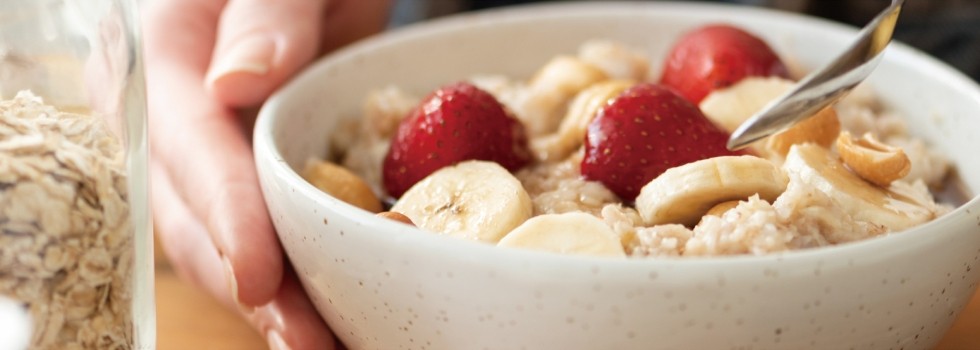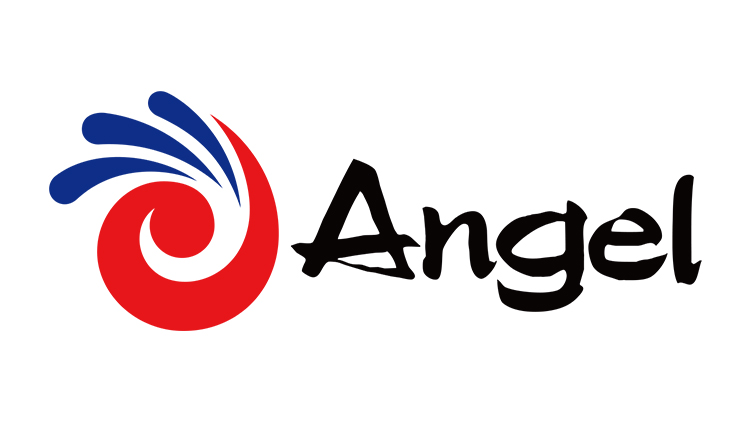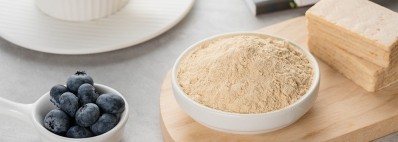Promotional Features
Nutritional yeast: How its unique nutritional and flavor profile meets the needs of today’s consumers
Nutritional yeast is the ingredient of the moment. With a flavor and nutritional profile that is unique in the plant-based market, nutritional yeast, also known as nooch, has become a go-to ingredient for many consumers. Angel Yeast is supporting the rise of nutritional yeast with an ingredient based on years of research into how to provide the full package of taste, texture and nutrition.
The emergence of nutritional yeast, an ingredient long used in the vegan community, as a cornerstone of many modern kitchens is shown by data. Google searches for “nutritional yeast” have exploded in recent years, reflecting surging consumer interest that is translating into double-digit growth that is forecast to continue through to at least 2027.1,2
Rising demand for nutritional yeast is intertwined with a shift in consumption habits in the US. With 10 million Americans now adhering to vegan diets, up from 290,000 15 years ago, and more than one-third of the population reducing their consumption of meat, there is a large, growing group of consumers who need to find alternative sources of nutrients they used to get from animal products.3,4
Protein, certain B vitamins and trace minerals are key nutritional areas of focus for consumers who are reducing or eliminating animal products from their diets. The cereals, pulses, nuts, fruits and vegetables that form the bedrock of plant-based diets are rich in carbohydrates and dietary fiber but relatively low in protein, vitamin B12 and certain trace minerals, notably zinc. As such, consumers of plant-based diets need to find other ways of incorporating the nutrients into their meals.
Nutritional yeast offers a simple way to consume more of the nutrients that are lacking in plant-based diets without significantly increasing intake of fat, calories or cholesterol. Lentils, a protein-rich part of a plant-based diet, contain 9g of protein per 100g.5 Nutritional yeast, in contrast, has 50g of high-quality protein per 100g, making the natural protein resource a key enabler of healthy plant-based diets.6 Those attributes make nutritional yeast attractive in multiple market segments, from vegan to sports nutrition.
Protein is just one of the strengths of nutritional yeast. A tablespoon of nutritional yeast contains 30% to 180% of the recommended daily intake of B vitamins such as vitamin B12, which plays an essential role in bodily functions including red blood cell formation and in Western diets is traditionally consumed in meat, fish, eggs and dairy products. The absence of those foods from vegan diets necessitates the use of other sources of vitamin B12 such as nutritional yeast.
Nutritional yeast is also rich in trace minerals such as zinc, selenium, manganese and molybdenum, with one tablespoon containing up to 30% of the recommended daily intake of the nutrients. Fortification can further enhance the properties of nutritional yeast, for example by increasing the quantity of thiamine, riboflavin and niacin.
Leveraging the unique taste of nutritional yeast
The attractiveness of nutritional yeast to consumers extends beyond its ability to fill gaps in their diets. As the yeast cells are grown on a sugar-rich medium, harvested, washed and dried, they produce and release amino acids that give it a cheesy, nutty or savory flavor that imbues dishes with umami.7 The taste profile makes nutritional yeast a go-to ingredient for plant-based cooks, who use it in a wide range of contexts, from enhancing a salad dressing to providing a savory boost to roasted vegetables.
Nutritional yeast is perhaps most commonly used as a substitute for parmesan, a context in which its cheese flavor provides vegan food with an element that is otherwise hard to achieve using plant-based ingredients. Cooks have used that cheese flavor as a launchpad for a range of other uses of nutritional yeast, including as a key ingredient in pesto and mac and cheese.
The umami flavor of nutritional yeast also works well as a popcorn sprinkle and in the creation of vegan stocks that have a meaty taste. Each use case leverages the fact nutritional yeast has a flavor profile that is far removed from the typical tastes of plant-based foods. Nutritional yeast’s novel flavor unlocks new frontiers in plant-based cooking.
Food manufacturers are recognizing the opportunity to use a trusted, familiar ingredient to enhance the taste, texture and nutrition of their products. Potential applications include smoothies, prepared meals and more.
Angel Yeast, the largest yeast extract supplier in the world, is supporting the spread of nutritional yeast with a product derived from years of research by its science and nutrition team. The company creates its flakes by drum-drying nutritional yeast with yeast polysaccharides. That method improves rigidity and strength, thereby ensuring the product combines the full nutritional value of yeast with the strong nutty cheesy flavor and crunchy texture that makes nutritional yeast a key ingredient in many kitchens today.
Related
1. Google trends. Google Trends.
2. Credence Research, https://www. credenceresearch.com/. Nutritional Yeast Market size, analysis, trend and forecast to 2027.
3. Vegan trends & demographics USA. Ipsos (2020).
4. Flexitarianism on the Rise; Transparency Tops 2021 Trends.
5. Nutrition Facts for Lentils (Cooked). myfooddata.
6. Nutritional yeast is getting popular among vegetarians.
7. Kennedy, A. Nutritional yeast: What it is, how it’s made, and how to use it. Serious Eats.




